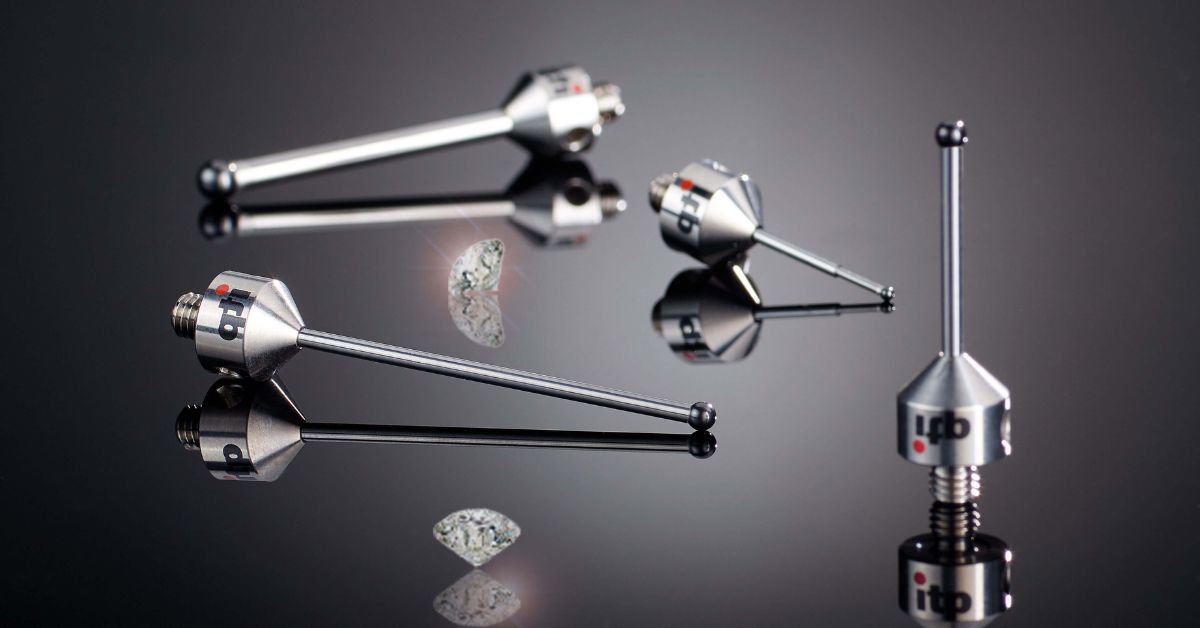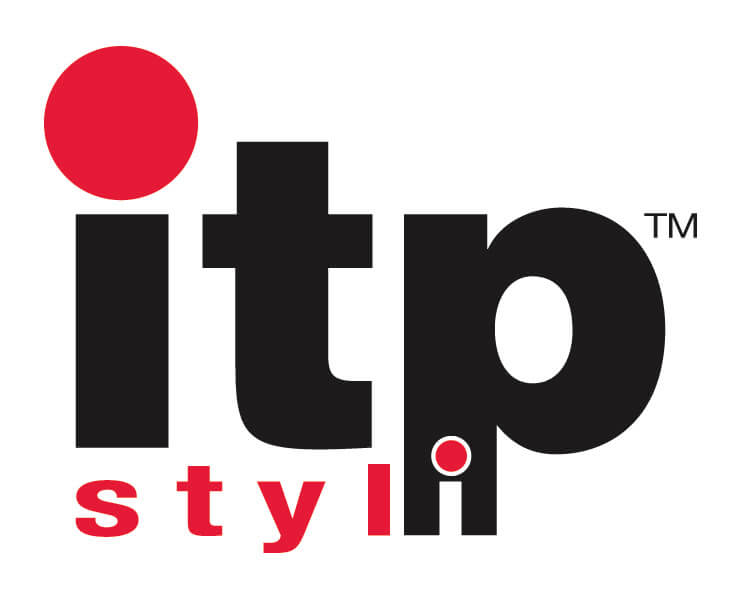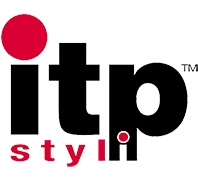5/13/25

Defined: 14 Most Common Metrology Terms To Know
Metrology, the science of measurement, is essential to industries ranging from manufacturing to quality control. Accurate measurements ensure that everything from precision-engineered components to consumer goods meets exacting standards. Without metrology, the reliability of products and processes would suffer significantly.
Understanding metrology involves grappling with its complex vocabulary. To make these fundamental terms less confusing, itpstyli has created this guide to the most common metrology terms to know. Whether you're working with manufacturing systems or fine-tuning product specifications, we can help you confidently speak the language of metrology.
Understanding Calibration in Measurement
Calibration is the process of adjusting equipment to ensure that its measurements align with a standard or reference. As a vital part of metrology, calibration ensures that the tools used in measurements are accurate and capable of delivering repeatable results. Routine calibration provides confidence that instruments adhere to required specifications and helps prevent costly production errors stemming from equipment drift or inconsistency.
What Is Measurement Traceability?
Traceability refers to the ability to link a measurement or set of measurements back to a recognized standard. This ensures that the results are consistent, not only internally but also with industry norms and global benchmarks. Whether you're leveraging national standards or international ones, traceability provides the foundation for comparability and regulatory compliance in quality control and production processes.
Defining Measurement Uncertainty
[IMAGE A]
Measurement uncertainty quantifies the doubt in a measurement result. While no measurement is absolutely free of error, uncertainty helps estimate the range within which the true value is likely to fall. Knowing this range helps teams make informed decisions, especially in industries requiring critical tolerances.
For instance, in aerospace manufacturing, understanding uncertainty ensures components meet safety and performance standards.
Difference Between Accuracy and True Value
Accuracy measures how close a measurement is to the true value of the quantity being measured. If your tool provides results that consistently align with the true value, it’s considered accurate. Understanding this concept helps bridge performance requirements and ensures measurement reliability is suitable for decision-making processes.
Precision and Consistency in Measurements
While accuracy focuses on closeness to the true value, precision emphasizes repeatability. A precise instrument delivers the same measurement repeatedly under the same conditions. However, a tool can be precise without being accurate, highlighting the importance of addressing both. Precision fosters consistency across outputs, reducing variance and defects.
Role of Standards in Metrology
Standards are reference points or benchmarks used to ensure uniformity in measurement practices. They are the backbone of global manufacturing and quality monitoring processes, promoting consistency regardless of location. Industries lean on different types of standards, such as ISO or ASTM, to coordinate processes and ensure accurate results.
By aligning with established standards, businesses reinforce trust in their metrology solutions while promoting interoperability.
Understanding Tolerance in Measurements
Tolerance defines allowable deviations in a measurement without jeopardizing functionality or quality. It’s often applied to manufactured parts, where slight variances are acceptable as long as they don’t impact performance.
An understanding of tolerance helps production managers strike the delicate balance between precision and practicality. This ensures efficiency without compromising quality.
Repeatability in Measurement Systems
Repeatability measures an instrument’s ability to consistently give the same results under identical conditions. It applies to short-term tests and helps identify potential inconsistencies caused by equipment rather than environmental factors.
For example, a Coordinate Measuring Machine (CMM) showing different results for the same part highlights poor repeatability and signals the need for maintenance or recalibration.
Reproducibility Across Different Operators
[IMAGE B]
Reproducibility assesses whether different operators using the same tools and procedures can achieve similar measurement results. This concept underscores the importance of standardized procedures in quality control and makes it clear how operator expertise affects overall consistency.
By training operators and implementing standard operating procedures (SOPs), businesses reduce variability and ensure seamless operation.
Measurement System Analysis Explained
Measurement System Analysis (MSA) evaluates the entire measurement process, including instruments, operators, and environmental factors, to identify and minimize errors. It encompasses tools such as Gage R&R studies, which examine repeatability and reproducibility.
By performing an MSA, engineers and quality control teams understand their systems' reliability and can fine-tune processes accordingly.
What Resolution Means in Metrology
Resolution refers to the smallest difference in measurement a tool can detect. With higher resolution, instruments can identify finer details, which are essential for industries requiring meticulous precision, such as semiconductor or medical device manufacturing.
However, resolution should align with the industry's demands, as excessive resolution can add unnecessary complexity without practical value.
Explaining Linearity in Tools
Linearity measures how well a tool’s output corresponds to its input across its working range. Nonlinear tools may provide accurate results at certain points but deviate elsewhere, affecting their reliability. Calibration adjustments can help mitigate linearity issues, ensuring tools deliver consistent performance within their specified range.
Drift and How It Impacts Accuracy
Drift refers to the gradual change in an instrument's measurements over time, often due to wear, environmental factors, or material degradation. Drift impacts accuracy, making regular recalibration essential.
For instance, a temperature sensor exposed to high heat over time may exhibit drift, requiring a recalibration schedule to restore its accuracy.
Recognizing and Correcting Bias
Bias is a systematic error that causes a measurement to consistently deviate from the true value. Unlike random errors, bias remains constant and can skew results if unnoticed. Regular calibration efforts and statistical analyses help detect and correct bias, ensuring reliable measurements across various applications.
Why Do Metrology Terms Matter?
Why is it important to understand these most common metrology terms to know? Because mastering these concepts allows professionals to make informed decisions, detect quality issues early, and improve production efficiency. By integrating metrology principles into daily operations, businesses can better address customer demands, guarantee compliance, and lead within their industries.
Metrology is more than essential for industries demanding accuracy, consistency, and traceability. From understanding calibration and measurement traceability to tackling bias and drift, integrating these concepts into your operations ensures robust quality control processes.
Understanding the above terms gives professionals the tools they need to meet production demands, achieve compliance standards, and deliver excellence to their customers. Staying equipped and informed will always be the metric of progress.
If you’re looking to bolster your practices, consider upgrading your systems with trusted metrology and monitoring solutions from itpstyli. We understand the terminology and precision needed when taking accurate measurements. That is why we have a collection of metrology tools to bring you the best solutions. Browse our tools today or reach out to talk with an expert to better understand what you need.

